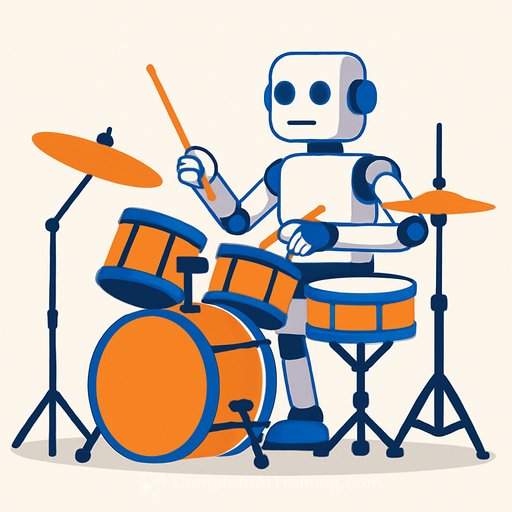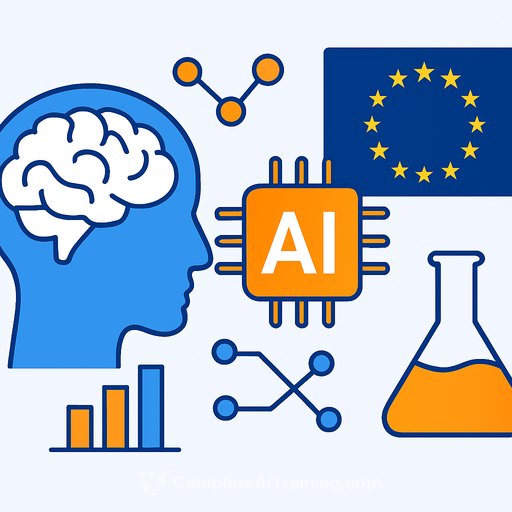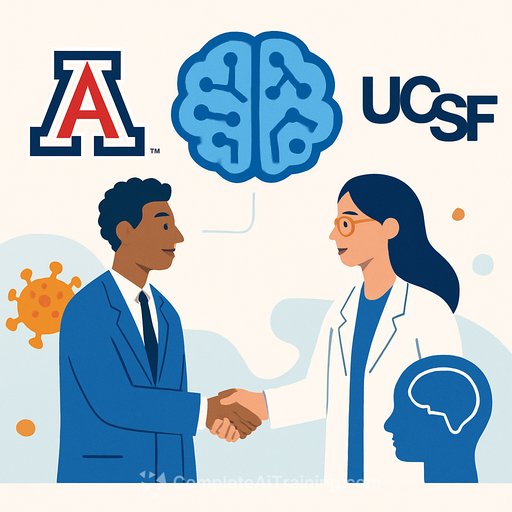Meet Robot Drummer: An AI Learning to Play Like Linkin Park and AC/DC
Humanoid robots have made strides in tasks like object manipulation, running, and basic sports, but drumming presents a distinct challenge. Researchers from Politecnico di Milano introduced Robot Drummer, a simulated humanoid robot avatar that demonstrates expressive and high-precision drumming using reinforcement learning.
Concept and Development
The idea emerged spontaneously during a casual conversation between co-authors Asaf Ali Shahid and Loris Roveda. They noted that while humanoid robots excel at many physical tasks, they seldom engage in creative and expressive activities. Drumming stood out as an ideal test, requiring rhythmic precision, physical coordination, and rapid limb movements.
Robot Drummer is not a physical robot but a simulation modeled on the G1 Unitree robot. Its 3D avatar plays a color-coded drum kit, mimicking drum beats from popular songs. Videos released demonstrate the AI’s attempts at tracks like “In the End” by Linkin Park and “Roxanne” by The Police. While the rhythm occasionally feels slightly off, the system shows promising synchronization, especially on “Roxanne.”
How Robot Drummer Learns
Playing drums involves split-second timing, rapid impact, and coordinated use of hands and feet over extended periods. To address this, the researchers applied reinforcement learning (RL), a machine learning method where an agent learns by receiving rewards or penalties based on its actions.
For Robot Drummer, each song is broken down into a sequence of precisely timed “contact events,” indicating when and where drum strikes should occur. The AI then adapts its movements to maximize rewards, refining techniques such as cross-arm strikes and adaptive stick assignments. This process shows that RL can guide robots to develop creative behaviors, like music performance.
Experimental Scope and Outcomes
The system was tested on over 30 songs spanning pop, rock, metal, and jazz genres. Although the simulated robot is still improving, these experiments demonstrate the feasibility of training robots for complex, rhythmic tasks that demand both precision and expressiveness.
Such research opens avenues for future humanoid robots capable of engaging in artistic roles, complementing their existing physical capabilities.
For professionals interested in AI and reinforcement learning applications, exploring courses on these topics can provide deeper insights. Resources like Complete AI Training's latest AI courses offer relevant, practical knowledge.
Your membership also unlocks:






